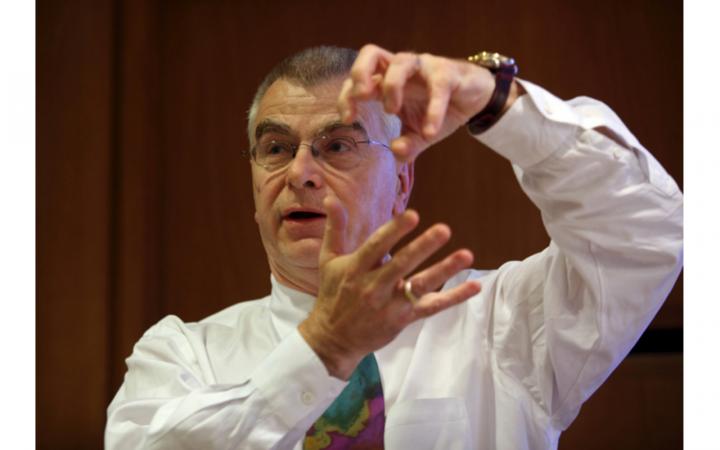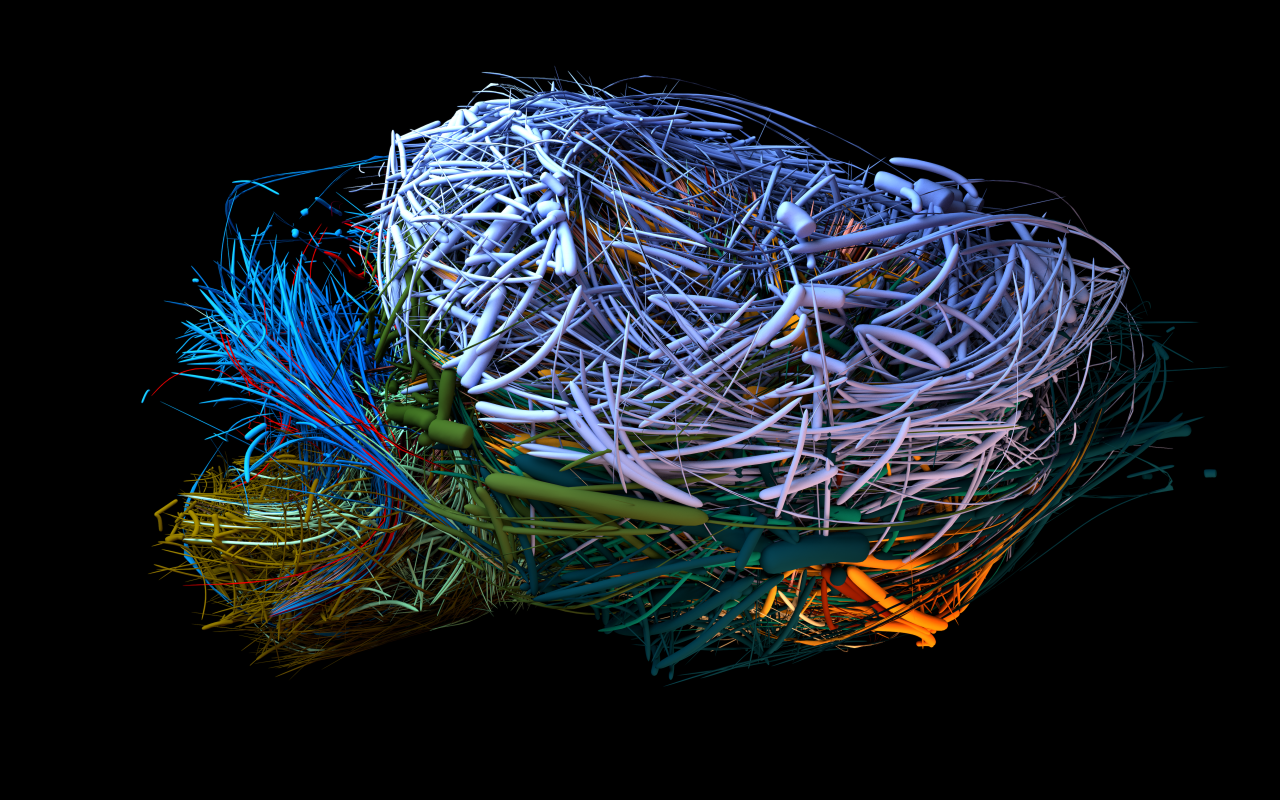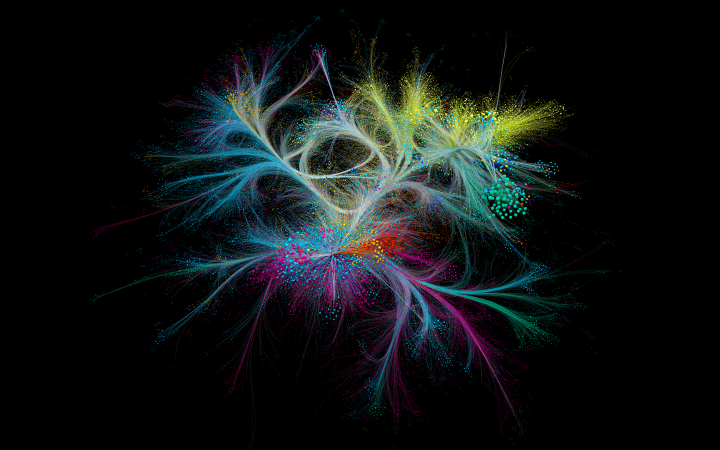György Buzsáki

- Biography
György Buzsáki is Biggs Professor of Neuroscience at New York University. He is among the top 1% most-cited neuroscientists, member of the National Academy of Sciences USA, Fellow of the American Association for the Advancement of Science, USA, member of Academia Europaea and the Hungarian Academy of Sciences. He sits on the editorial boards of several leading neuroscience journals, including Science and Neuron, honoris causa at Université Aix-Marseille, France, University of Pecs and University of Kaposvar, Hungary. He is a co-recipient of the 2011 Brain Prize and the winner of the Ralph W. Gerard Prize (2020; SFN’s highest honor), The Ariëns Kappers Medal (Royal Netherlands Academy of Arts and Sciences), 2014; Krieg Cortical Discoverer Award from The Cajal Club, American Association of Anatomists (2001).
Buzsáki identified a hierarchical organization of brain oscillations and uncovered their mechanisms systematically. His overarching hypothesis is that the numerous rhythms that the brain perpetually generates are responsible for segmentation of neural information and communication across brain regions. He proposed how these rhythms support a 'brain syntax’, a physiological basis of cognitive operations. His work changed how we think about information encoding in the healthy and diseased brain, such as epilepsy and psychiatric diseases. His most influential work is known as the two-stage model of memory trace consolidation, withhippocampal sharp wave ripples serving as a transfer mechanism from hippocampus to neocortex. Several laboratories worldwide have adopted his framework and provided supporting evidence for the two-stage model of memory in both experimental animals and human subjects. Over the years, the ‘ripple’ pattern has become a quantifiable biomarker of cognition. Relevant to clinical translation, hippocampal ripples, along with other brain rhythms that his laboratory has identified, lend themselves to diagnosis of disease and drug discovery.
(Books: G. Buzsáki, Rhythms of the Brain, Oxford University Press, 2006; The Brain from Inside Out, OUP 2019)

